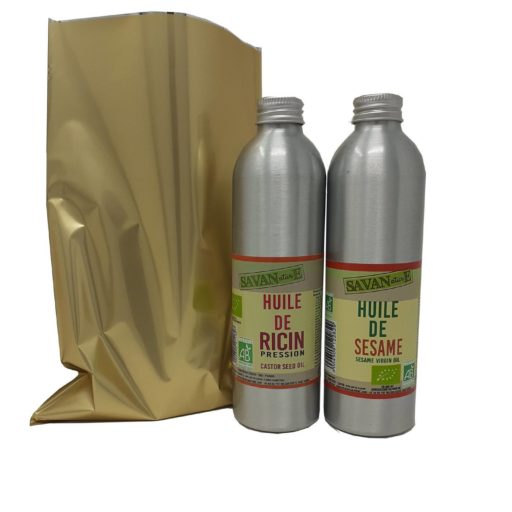The soursop fruit has a dark green exterior and a rind studded with small spines. Its appearance is very characteristic of the fruit, and of fruits that grow in tropical areas. Inside, the flesh is pulpy and white in colour. It has black seeds that are not eaten. In some regions, the graviola is also called soursop, or 'soursop fruit'. Elsewhere, it may have other names such as sapotille, sapadilla, guanabana fruit, sirsak.... The flesh of the fruit is edible, and its taste is both sour and fruity. It is often used to make juice and ice cream. In practical terms, its taste is considered to be similar to that of mango or lychee because of its fresh, exotic, flowery and persistent aromas. As for its texture, it is quite similar to that of rhubarb or jackfruit.
The flesh of the graviola consists mainly of water (80 %), carbohydrates (18 %), proteins (1 %) and nutrients. These include vitamins, such as C, B1 and B2, and minerals, such as potassium, iron and phosphorus. It also contains dietary fibre. Graviola is known to contain fructose, but also to be a very powerful diuretic fruit. However, it is mainly for its properties in the face of cancer that it has gained a certain reputation throughout the world.
As mentioned, the soursop fruit contains vitamin C and fructose. Thus, it offers us an energy boost when consumed, especially in the morning. Indeed, vitamin C is known to strengthen and preserve the immune system (4). Tetanus, pneumonia, cardiovascular disease, macular degeneration, asthma, cataracts, cancer and chromotherapy: the health benefits of vitamin C are numerous! In addition, vitamin C also improves the absorption of iron by the body (5). It thus helps to prevent and treat anaemia. Finally, vitamins B1 and B2 are central to energy production in the body










Reviews
There are no reviews yet.